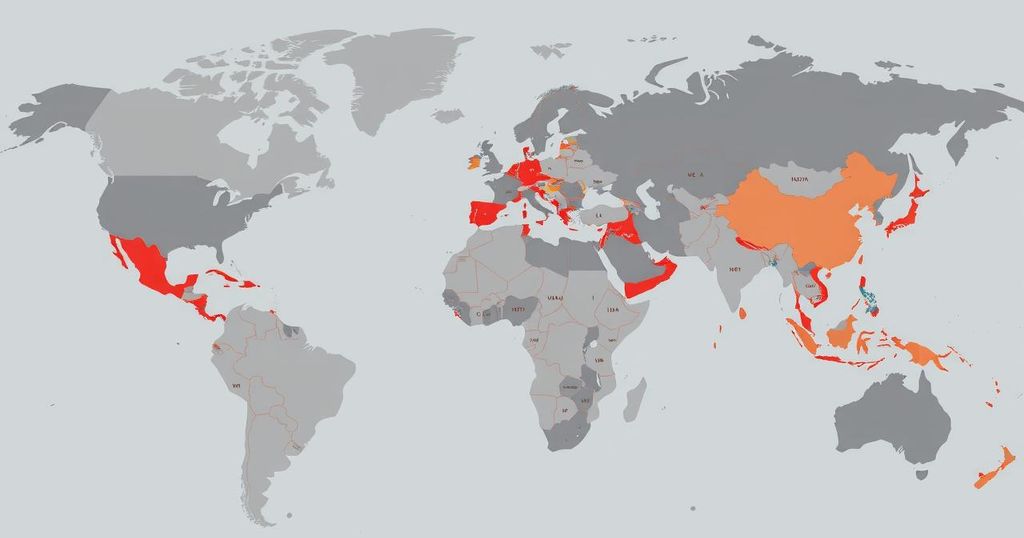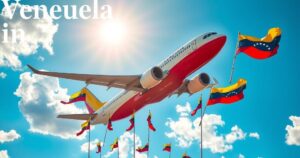Trump Issues New Travel Ban Affecting Nearly 20 Countries: What Travelers Need to Know

President Trump has signed a travel ban affecting almost 20 countries, citing national security. The ban denies entry to nationals from certain countries like Afghanistan and Iran, while partially restricting access for others such as Cuba and Venezuela. The rules take effect on June 9, 2025, and travelers should seek guidance on their options and any exceptions that may apply.
On Wednesday, President Donald Trump enacted a new travel ban that seeks to bar or at least partially restrict entry for foreign nationals from nearly 20 countries. This move is rooted in concerns about national security. Countries fully banned include Afghanistan, Burma, Chad, the Republic of Congo, Equatorial Guinea, Eritrea, Haiti, Iran, Libya, Somalia, Sudan, and Yemen. In addition to these nations, restrictions also apply to travelers from Burundi, Cuba, Laos, Sierra Leone, Togo, Turkmenistan, and Venezuela.
The White House clarified that this ban is focused on nations demonstrating “high visa overstay rates” and insufficient screening processes. Observers note the ban’s resemblance to Trump’s earlier, controversial actions in 2017, often labeled the “Muslim ban,” which ignited substantial protests and legal disputes. The initiative largely mirrors a similar campaign promise made ahead of the 2024 election.
Importantly, this latest ban is not without exceptions. Lawful permanent residents, current visa holders, and specific individuals whose entry may serve the interests of the U.S. are exempted from the restrictions; however, details on the exact criteria for these exemptions remain vague.
International travelers should brace for potential disruptions. Those applying for tourism, work, or student visas from the impacted countries might encounter delays or outright denials. Moreover, while individuals already residing in the U.S. may renew their visas, reentry can be quite challenging.
On Truth Social, Trump linked these border policies to recent antisemitic incidents, reinforcing his stance on securing the nation’s borders and deporting individuals he describes as “illegal, anti-American radicals.” This rhetoric underscores an ongoing theme in his administration’s approach to immigration and security.
For those wondering how this affects travel logistics, the full ban will apply to nationals of the specified 12 countries, and partial restrictions will affect an additional seven. The new rules are set to go into effect at precisely 12:01 a.m. ET on Monday, June 9, 2025. Any travelers from fully barred nations who try to fly into the U.S. post-ban will likely face boarding denials or will be turned away upon arrival.
Travelers already holding tickets should reach out to their airlines or local U.S. embassies for clarification; many could be denied access if from banned nations. Those hailing from nations with partial restrictions should expect more scrutiny and possible entry delays depending on their respective visa classifications.
In summary, given the considerable changes brought by this action, travelers need to stay informed. Consulting the U.S. State Department’s website or seeking guidance from immigration attorneys is advisable, particularly for those affiliated with impacted countries. The turbulent waters of travel under such a regulatory climate require careful navigation to ensure compliance and understanding of one’s eligibility to enter the United States under the new rules.
In summary, President Trump’s new travel ban impacts nearly 20 countries, raising significant concerns about national security. While the ban evokes prior controversial measures, it still provides exemptions for certain individuals. However, international travelers, particularly from the affected nations, will likely face delays and denials. Consulting proper sources for the latest updates is crucial in this evolving situation.
Original Source: www.usatoday.com








